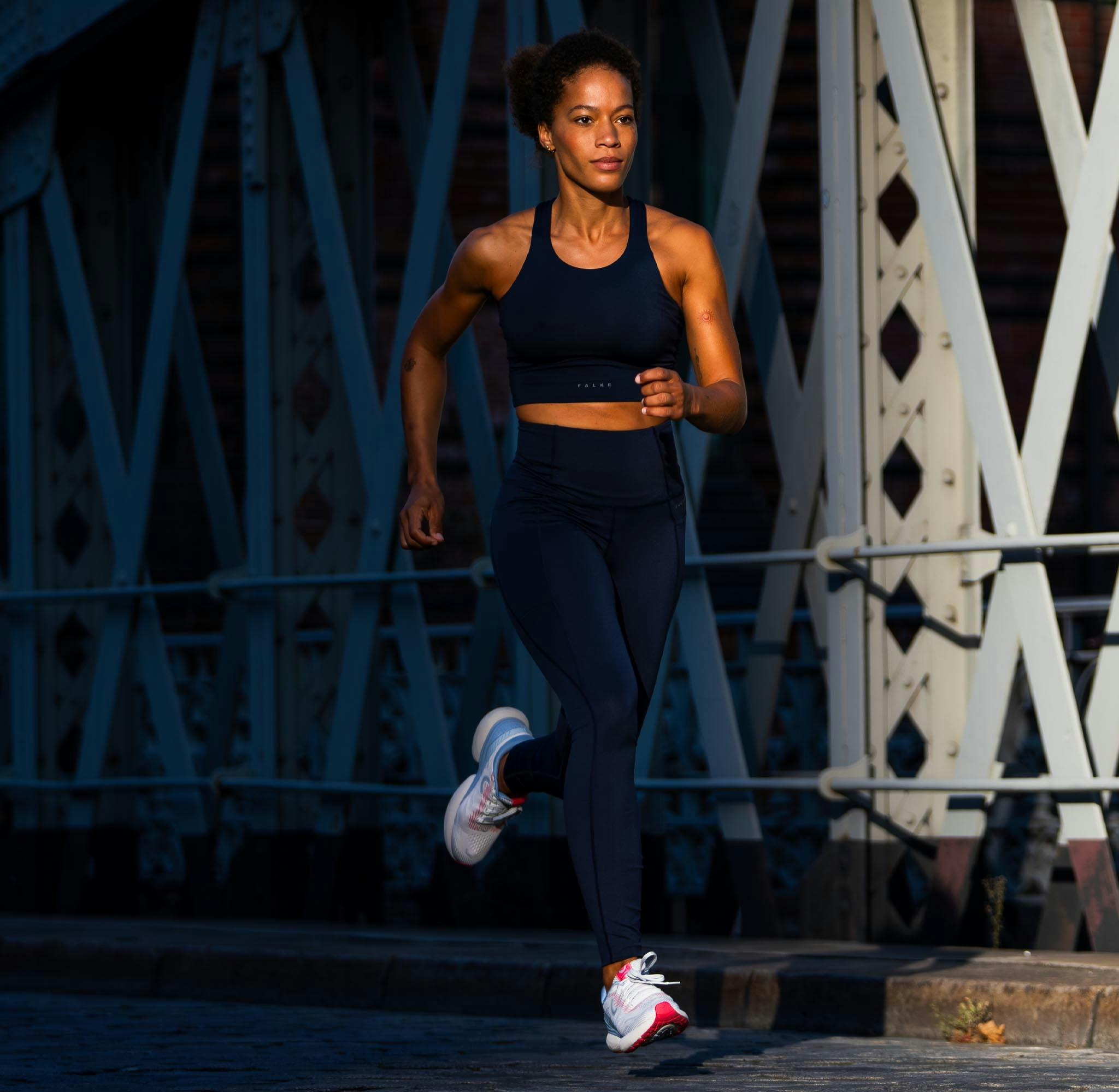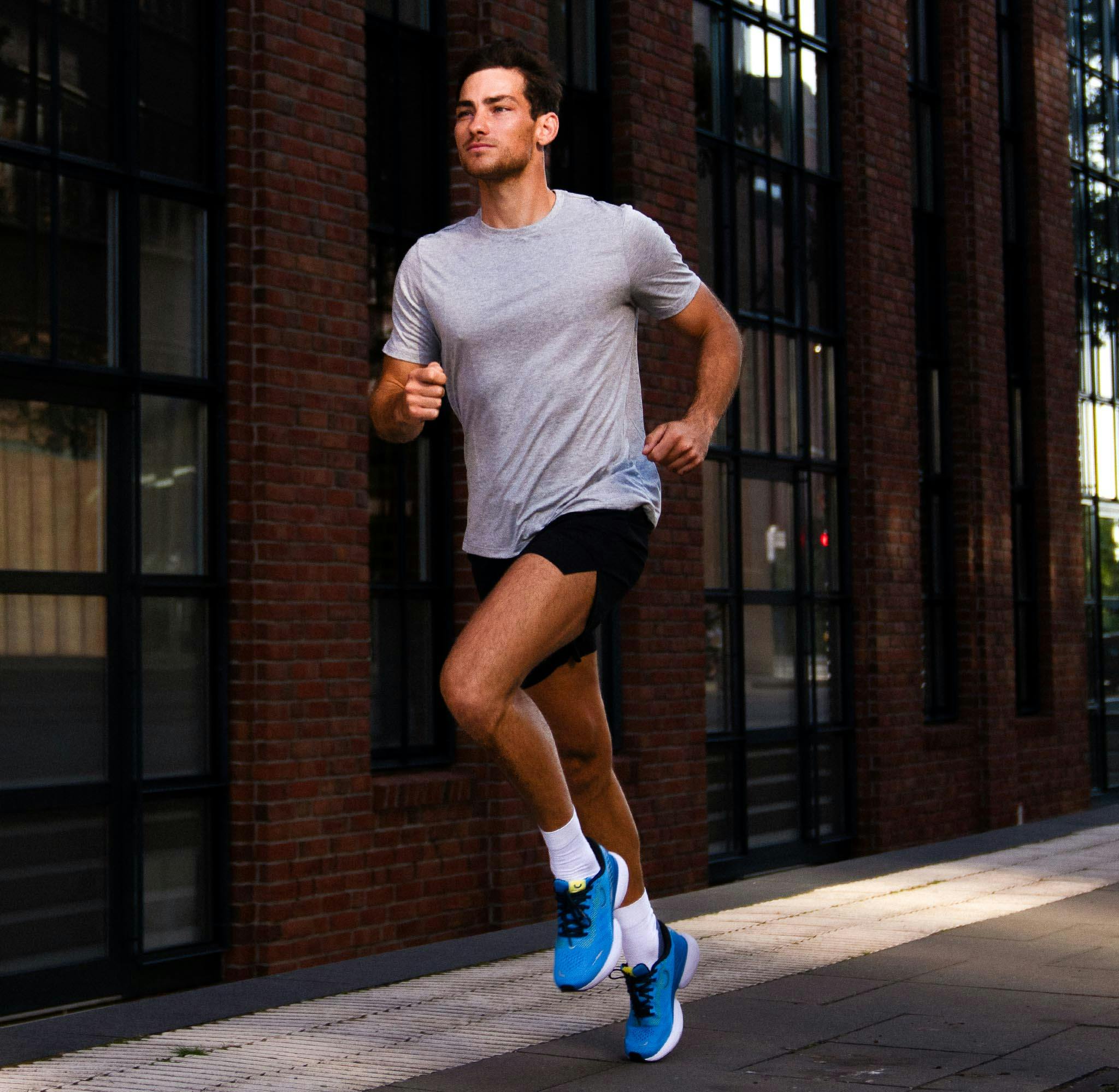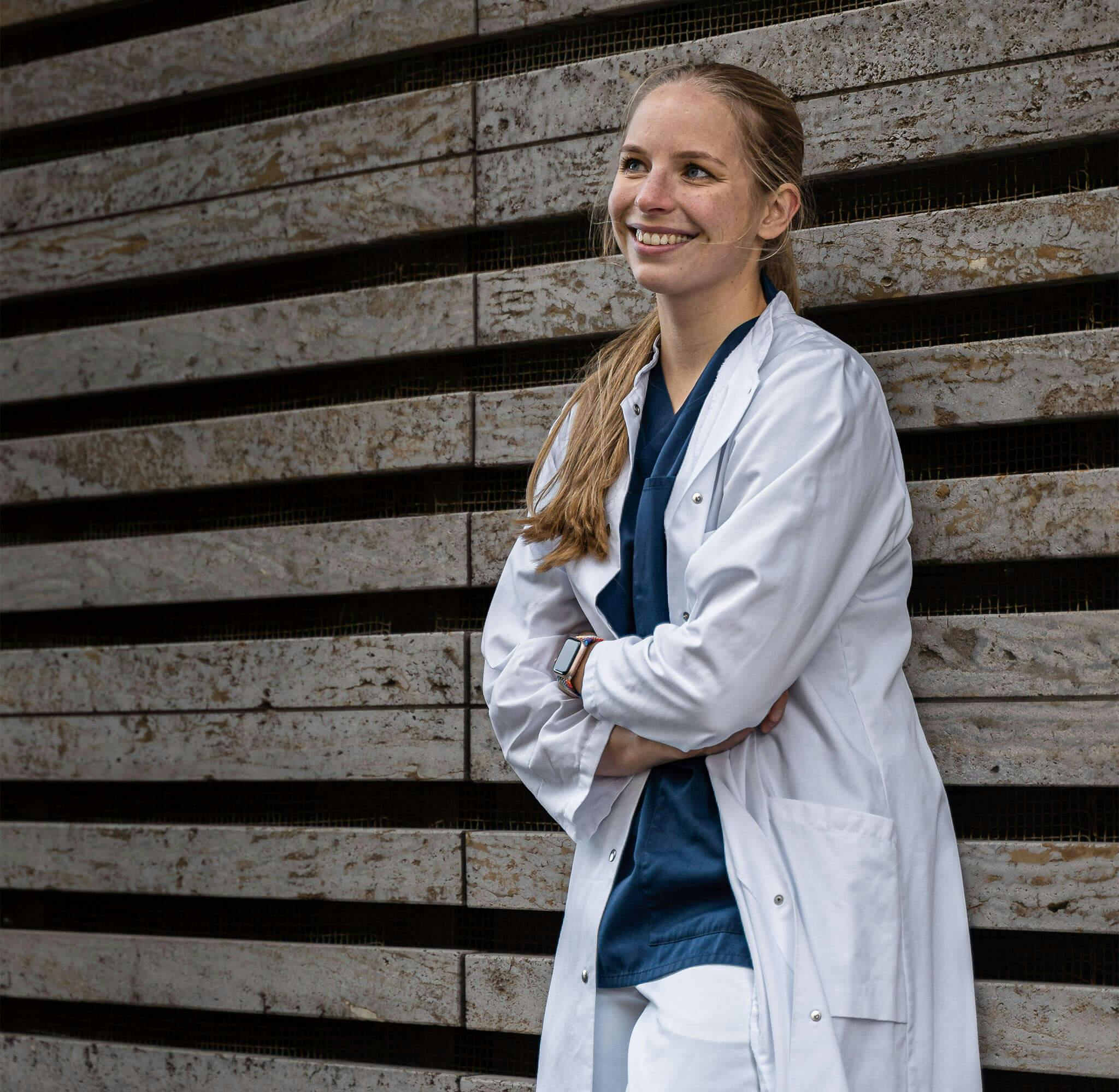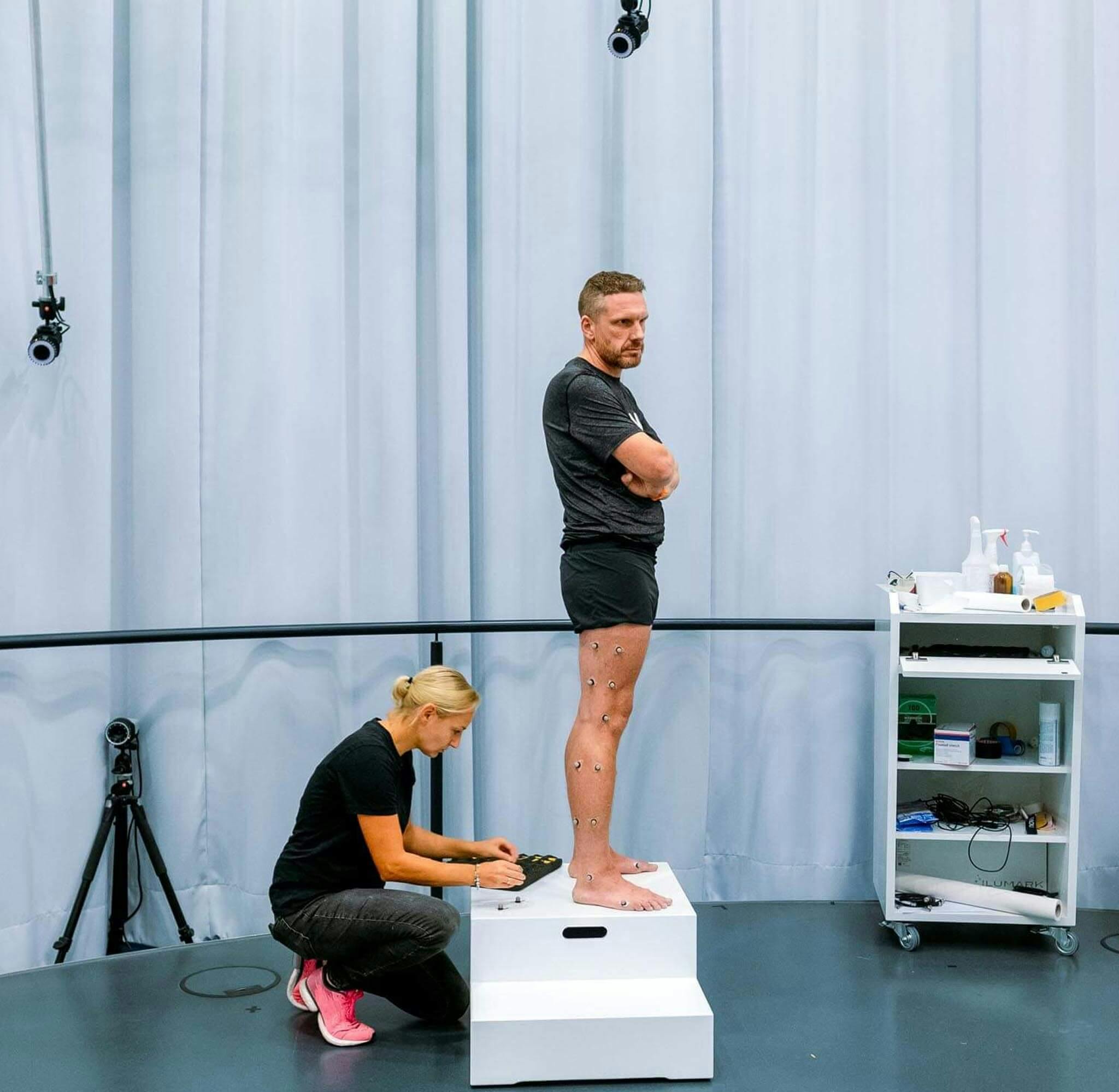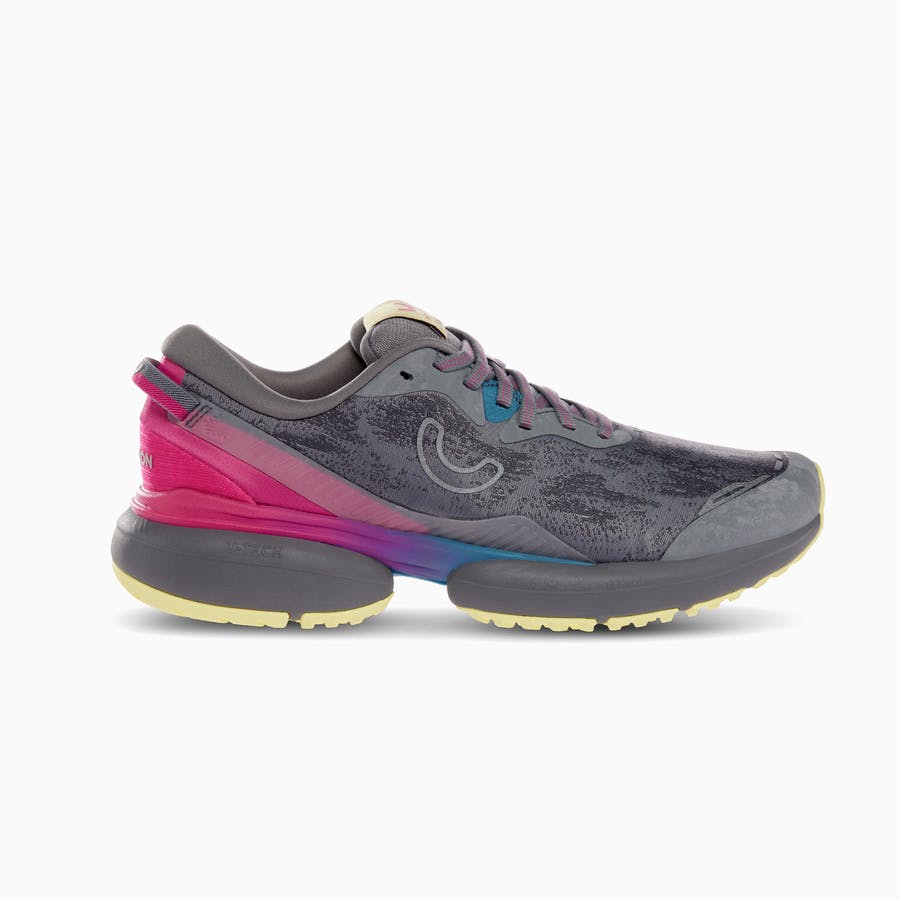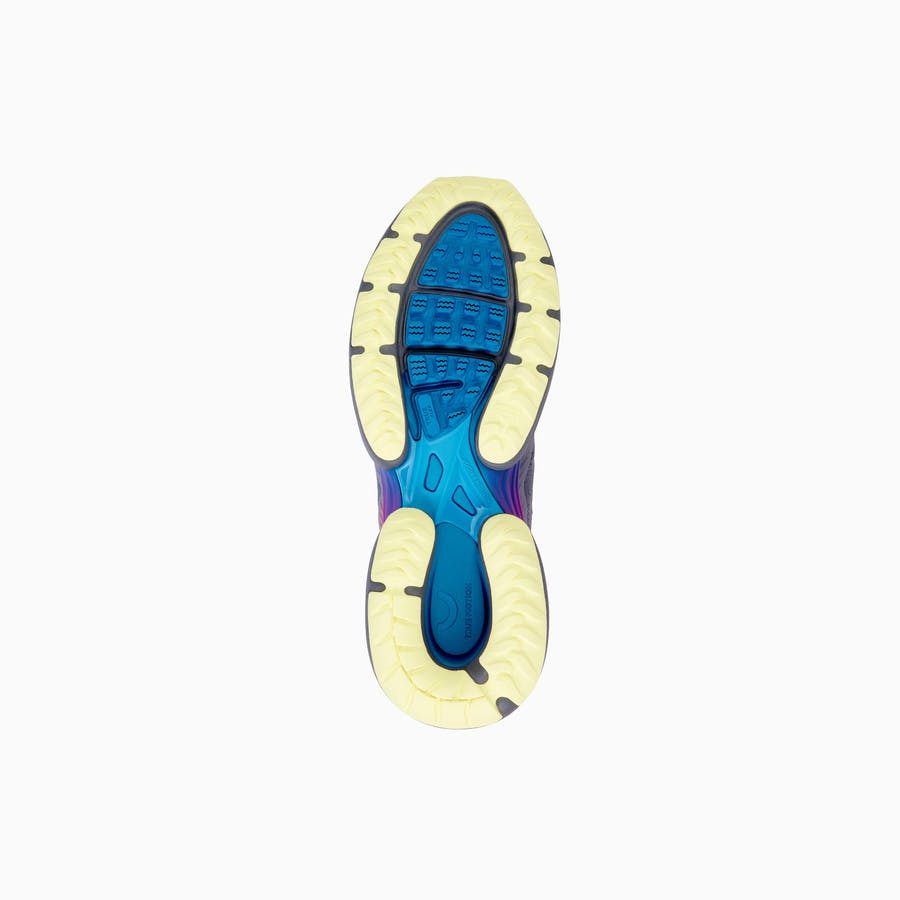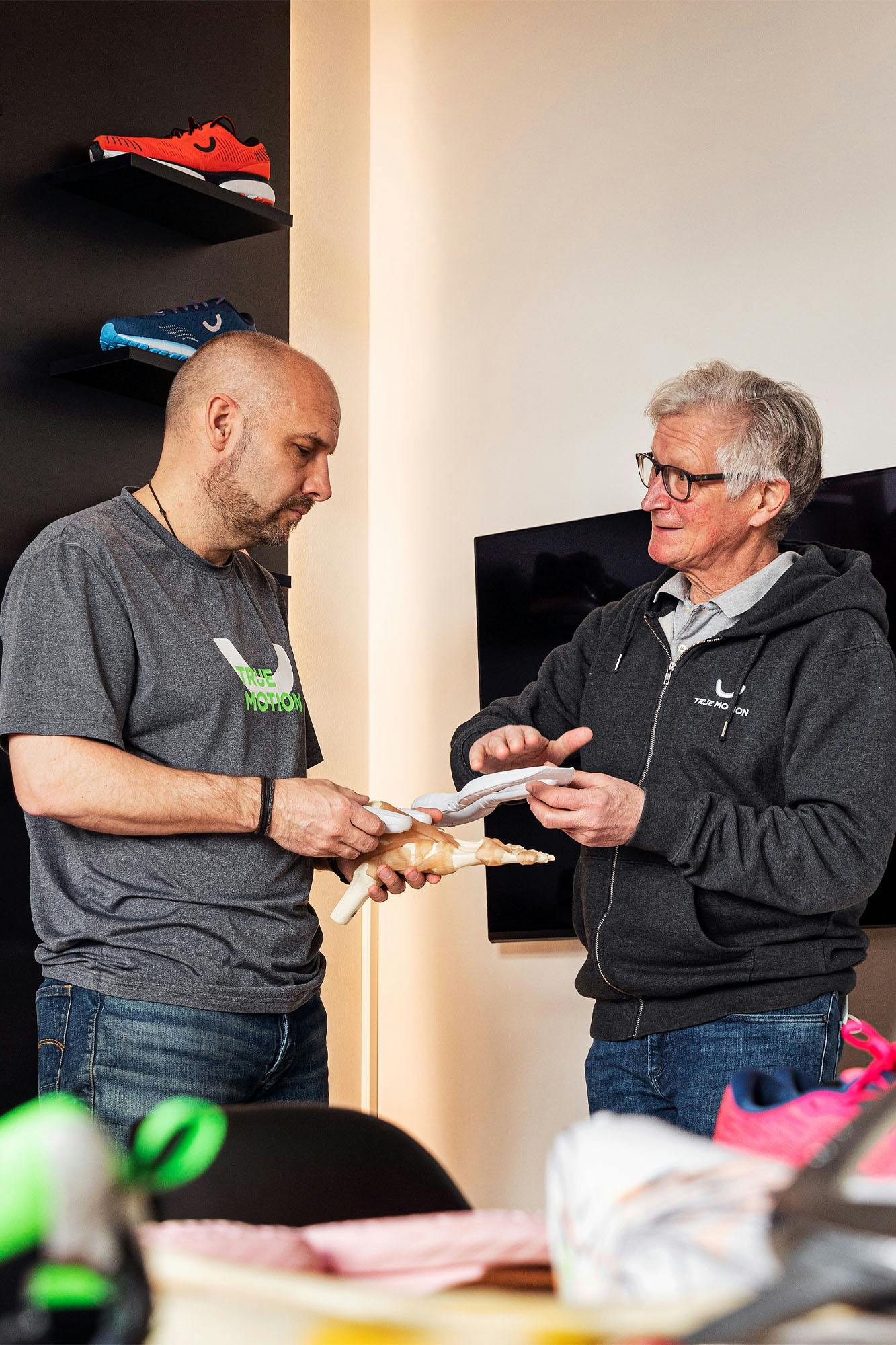
FROM THE INITIAL IDEA TO THE FINISHED RUNNING SHOE:
HOW DO I DEVELOP A RUNNING SHOE?
Reading customer feedback, examining new materials and discussing possible optimizations – a lot happens at the same time when a new True Motion running shoe is being developed. “The development process is multifaceted. A wide variety of steps need to intertwine to end up with a running shoe that appeals to runners and works biomechanically at the same time,” explains True Motion co-founder Andre Kriwet. An insight into the process of creating new running shoes.
Feedback from runners is at the heart of running shoe development at True Motion. No matter how it reaches us, via our customer support, retailers, or our social media channels. Constructive feedback is always valuable – and the basis for the targeted and efficient development of new running shoes.
Every development process therefore begins by identifying what runners want and assessing whether these wishes can be put into practice. If the demands are compatible with the basic parameters of running shoe construction and a real need of a large number of runners has been identified, nothing stands in the way of developing a new True Motion running shoe. One distinction must be made here: if a need emerges among runners that fundamentally corresponds to the characteristics of an existing True Motion running shoe but requires adaptation, the development of an update begins. If, on the other hand, the request includes a component that has not yet been covered, a completely new running shoe model needs to be developed as an addition to the existing True Motion product line.
FOCUS LIES ON RUNNING EXPERIENCE AND FUNCTIONALITY
For an update, the preceding model can be used as a starting point, so the development process is different from that of a completely new model. Nevertheless, the principles of both development processes are identical. “Whether it’s an update or a new model, the running experience and the functionality of the running shoes are always at the center of all our considerations,” says Kriwet.
When it comes to the running experience, the main focus is on developing the running sensation, while functionality is primarily about ensuring that the running shoe functions perfectly biomechanically. These components are by no means to be regarded separately but complement each other. The running shoe developer summarizes: “The better a running shoe works, the better the fit, the first feel, the cushioning, the transition behavior, the centering and the load on the body, the flexibility, the push-off, and much more. In short: the running sensation is improved.”
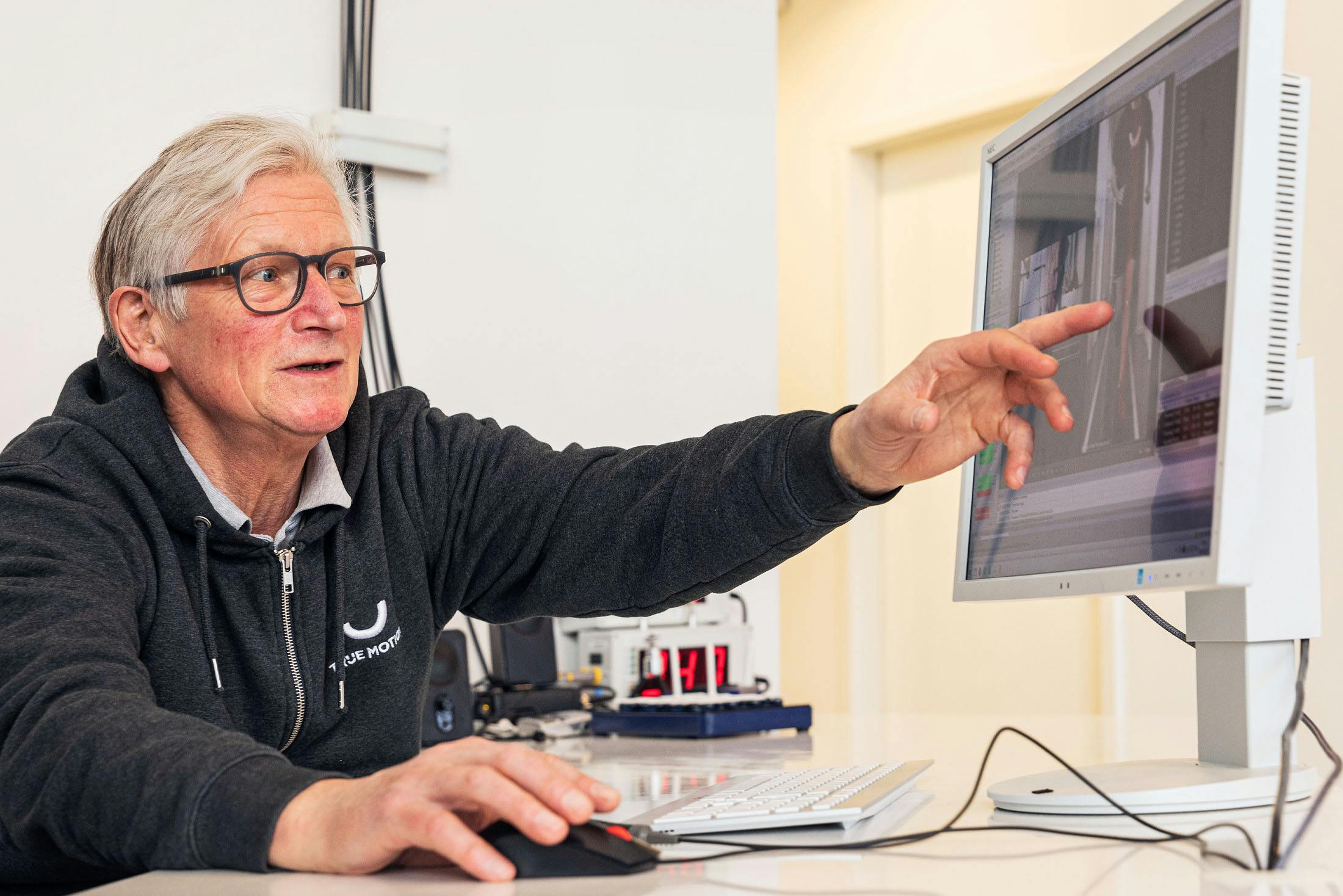
To achieve this goal, Kriwet maintains close and constant contact with biomechanics professor Gert-Peter Brüggemann. The two True Motion founders hold countless discussions about possible solutions, exchange ideas, and discuss necessary adjustments. The latest scientific developments, studies, and biomechanical findings are incorporated into the coordination process, and new materials on the market are weighed up. All in theory at first. Until the so-called “brief” – translated as a short instruction manual.
THE BRIEF AS OFFICIAL STARTING POINT
“The official kick-off in the running shoe development process is always the so-called brief for the designer and the developer. This is a document that bundles all the important information about the desired product. Everything that we have previously discussed and worked out in our heads is put down on paper,” explains Kriwet.
From now on, it takes around 18 months until the finished running shoe is available in stores. One and a half years may sound like a long time at first, but when you look at the many individual steps that have to be taken in the running shoe development process, it becomes clear that this time is needed.
The brief is primarily used to inform everyone involved in the development process about the product. One of the first people to receive the brief after completion is a designer. In this case, the designer is not responsible for the color scheme of the new running shoes, as you might expect, but rather for a true-to-life model drawing.
WHEN THE IDEA IS VISUALIZED FOR THE FIRST TIME
The brief provides the designer with the most important key data of the running shoe to be developed. A series of manual 2D drawings and sketches then serve as the first realization of the idea. The designer’s drafts are discussed, adapted, and fine-tuned in several rounds of revisions. The final digital drawing of the upper material and sole, including numerous cross-sectional drawings, is then sent to the running shoe factory. This is where the first technical drawing is created in 2D format, which accurately depicts the dimensions and distances between the individual running shoe components. In addition, the factory employees create a digital 3D computer model, which is then 3D-printed for the first time.
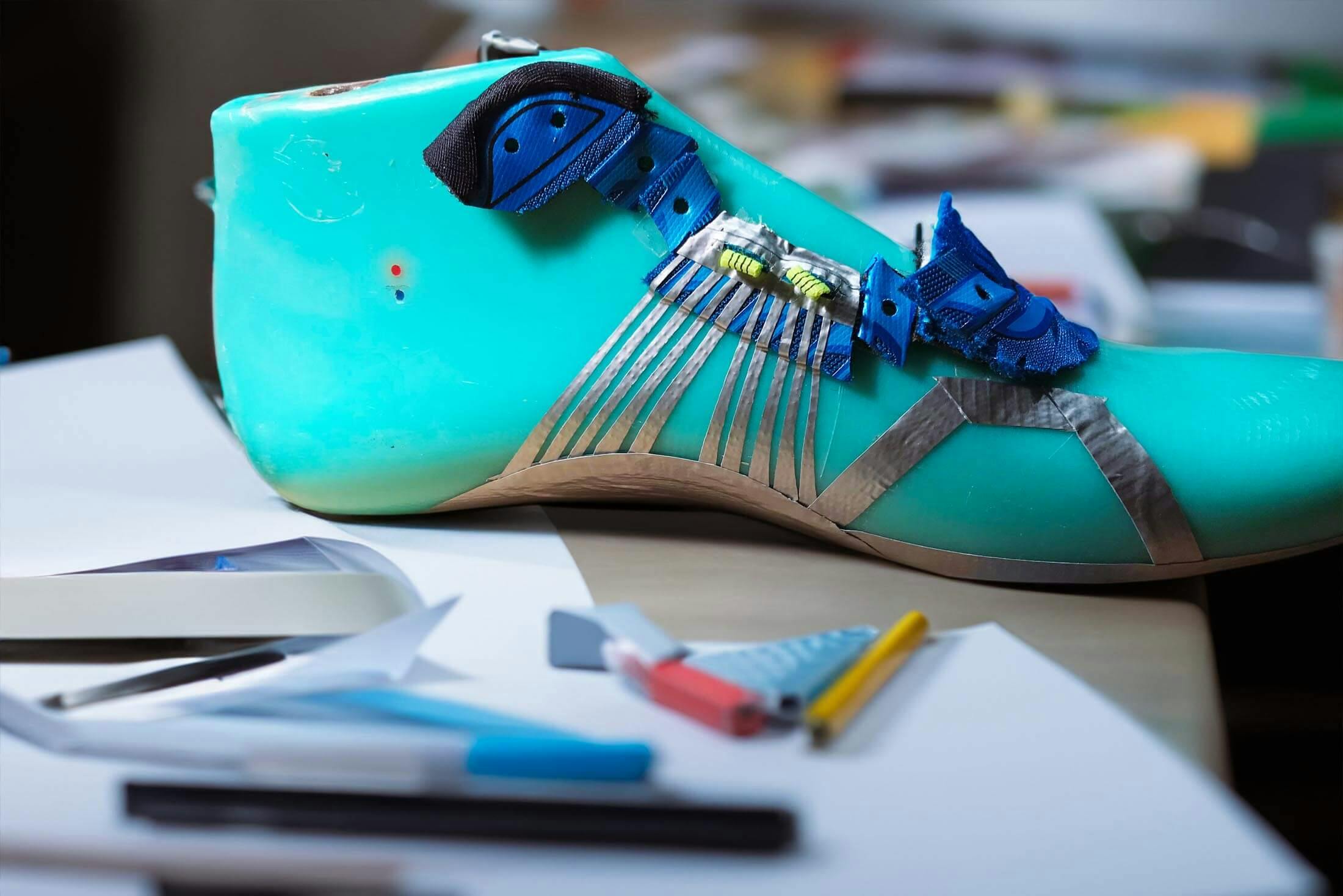
Each of these production steps is accompanied by several closely monitored and detailed coordination rounds to ensure the best possible end product. If the true-to-scale 3D model meets the ideas and specifications of the True Motion development team, the production of the first prototypes can almost begin.
Before that, however, the color design has to be determined and the materials have to be selected.
FROM SIMPLE TO COLORFUL: THE COLOR HAS TO BE RIGHT
To ensure that the new running shoes not only feel good and function biomechanically flawlessly but also look good, we work with a color designer. She visits so-called trend shows for us, where the colors of the industry for the next two years are presented. Based on her assessments, we receive a pre-selected color palette. There are basic colors that are present in every color palette and seasonal colors that change.
The aim of each color selection is to present the new True Motion running shoe in different color designs, for women and men. Our strategy is to choose a slightly simpler, more common “commercial” color for each gender and a slightly more colorful “energy” color. This way, as many runners as possible should find colors they like. And at times we also offer single-color variants, e.g. in white or black, which always prove very popular.
It is important to bear this in mind: dyeing materials can have a minimal effect on their properties, making them less durable, for example. For this reason, it is important to determine the color design at an early stage so that the prototypes can be assembled from the various colored components and tested.
But which material is actually used?
THE RIGHT MATERIAL IS CRUCIAL
The selection of suitable materials is also carried out in close communication with the factory employees who specialize in the production of running shoes. New materials come onto the market and are tested for their potential suitability for running shoe construction. In order to find the right material with perfect material properties, a series of extensive material tests are carried out.
The majority of the tests are conducted on midsole foams. There are three basic types of tests. Firstly, the material in its raw form has to pass standardized tests in the factory. Parameters such as compression properties, resistance, material density, weight, cushioning, durability, responsiveness, stiffness, and deformity are tested. Pieces of material 1 cm thick and 20 x 20 cm in size are used for this purpose.
Further tests are carried out at an advanced stage of the material composition. The second material test involves testing the midsole alone, without any other running shoe components. These tests, as well as the material tests of the finished prototypes as the third test procedure, are carried out in True Motion’s own test facilities and in the test laboratories at the German Sports University in Cologne and at Offenburg University of Applied Sciences.
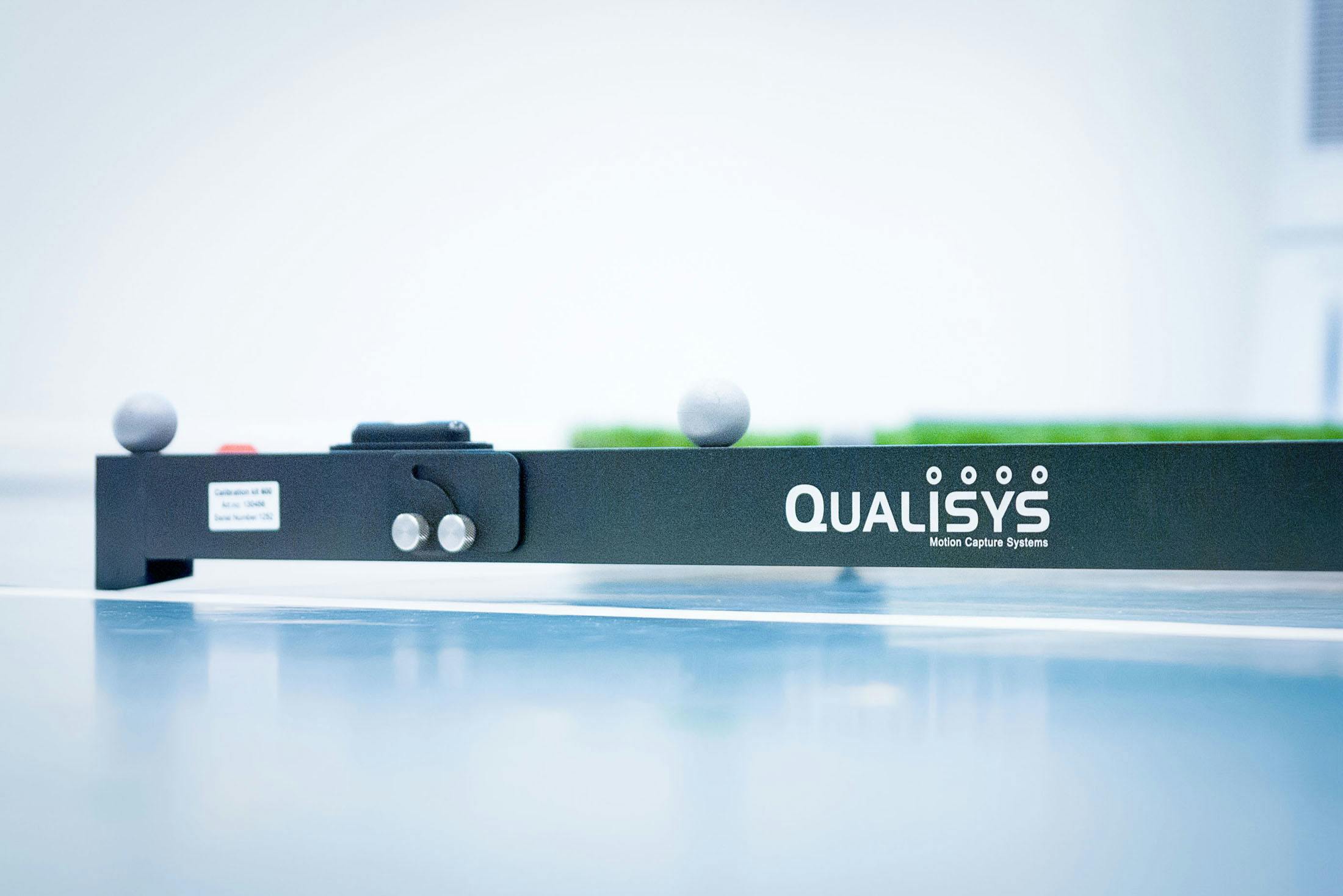
“To test the prototypes under real load, we insert a last into the running shoe as a foot replacement. This construction is then subjected to a load at three different sites which corresponds to the footstrike when running. This means a force of 1500 Newtons on the rearfoot and 2000 Newtons on the midfoot and forefoot. In this way, we are able to test the properties of the prototype material as closely as possible to the real condition. This is extremely important in order to identify and eliminate weak points,” explains Gert-Peter Brüggemann.
In addition to the material properties, biomechanical testing is also part of the basic repertoire when developing new True Motion running shoes. The prototypes undergo the most important biomechanical tests at the Institute for Functional Diagnostics, the IFD Cologne. The last test is the so-called wear test. Test runners run the prototypes for several months and provide detailed information about the running shoe in elaborate protocols.
BIOMECHANICAL COMPARISON OF THEORY AND PRACTICE
From torques to angular velocities, from motion capture systems to force plates – what sounds complicated at first is the basis of the biomechanical tests that all True Motion running shoes undergo on their way to market maturity.
“Biomechanical tests provide information on the extent to which the theory behind a running shoe development is ultimately put into practice,” explains Tanja Eßer, biomechanist and head of IFD Cologne. The biomechanical tests in the running laboratory are therefore a decisive step in the running shoe development process. This is because the development process can only be considered a success if the results obtained correspond to the theoretical considerations. If the discrepancies between theory and practice are too great, adjustments must be made and the prototype optimized.
In order to fully map the biomechanical parameters of running, all test subjects undergo a battery of tests lasting around one hour. The focus is on a test run on the laboratory’s own running track, which is captured by a total of 14 infrared cameras. This motion capture system is used to record the runners’ movements in detail. A total of 40 retroreflective markers, which are attached to the test subjects from the lower back downwards, are used for this purpose. Force plates, which are integrated into the running track, also provide information on the ground reaction forces that arise during the running movement and act on the human body. The most important parameters to be evaluated are the torques, i.e. the forces occurring around the joints, and the angular velocities, i.e. the speed at which the joints move.
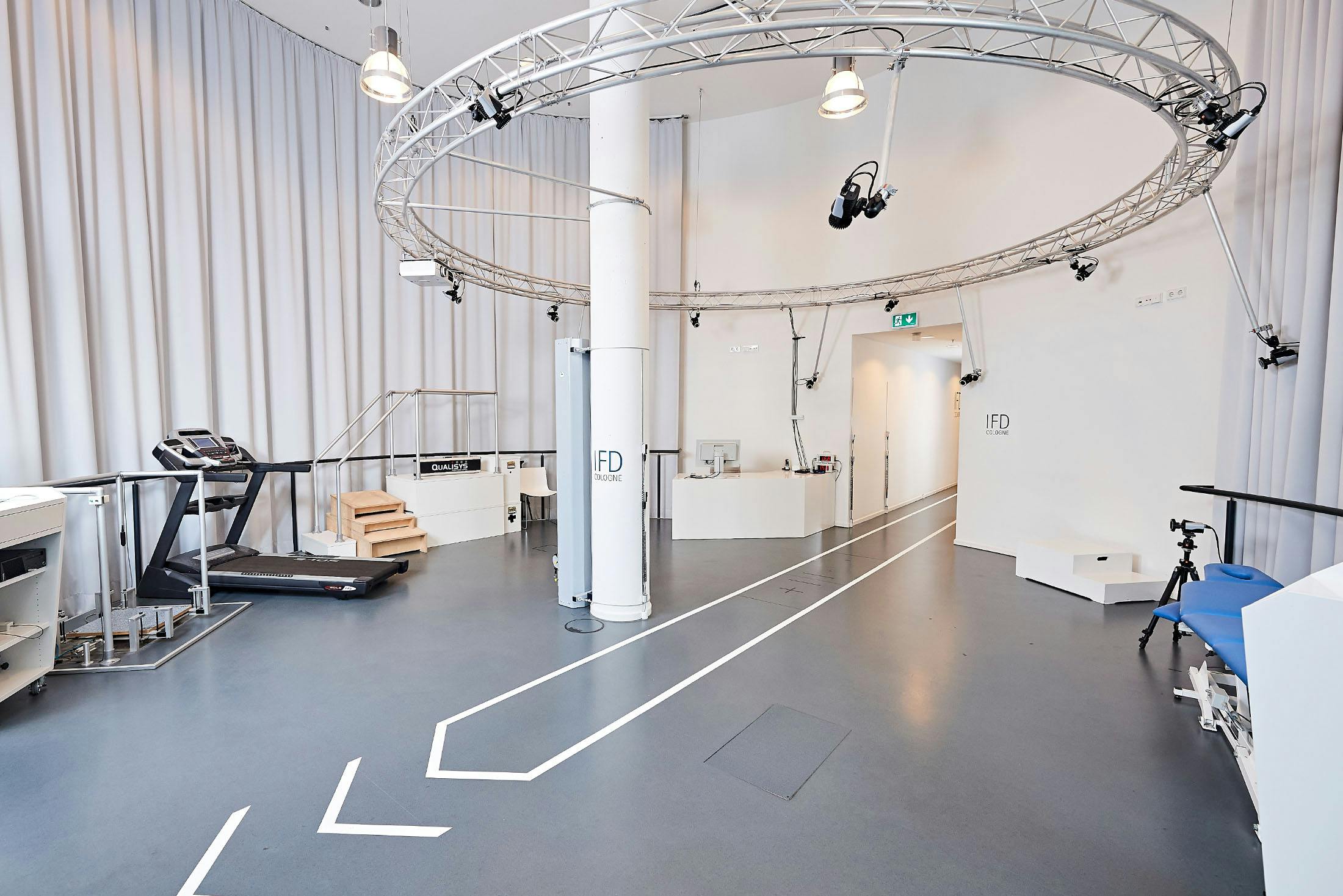
In addition to the biomechanical tests, the runners are also interviewed directly afterwards in order to compare the subjective perceptions of the test subjects with the biomechanical data. So-called wear tests also show how important the individual assessment of test runners is for the development process of new running shoes.
WEAR TESTS ARE THE FINAL STEP BEFORE PRODUCTION
Wear tests are another form of testing that every True Motion running shoe has to undergo before it is launched on the market. In this phase of development, the prototypes are worn by a series of test runners. 24 in number. Over a period of three months. Outside the laboratory. Under conditions for which the running shoe is intended.
“Wear tests help us to gain valuable experience of running in our prototypes. The test runners run their normal workload and fill out a standardized feedback questionnaire at regular intervals. They rate the prototypes in categories such as cushioning, reactivity, and comfort,” explains Eva Hirschhäuser, sports scientist at True Motion. The wear testers also document the wear condition of the running shoes and send photos if there are any visible weak spots.
BE IN YOUR ELEMENT!
U-TECH NEVOS ELEMENTS NEXT GEN
By night. And by day. When the world hushes to a whisper and we feel the thrill of endless possibilities. When we start at our front door, running through streets and woods. When summer blend into fall, when we run through water and jump above sticks and stones, when exploring new ways. No matter what. Then we run wherever and whenever we want. Meet the new U-TECH Nevos Elements next gen.
In total, the runners test the newly developed running shoe in three women’s and three men’s sizes, evenly distributed from small to large. The group of wear testers also consists of both experienced True Motion runners and runners who have had less contact with True Motion to date. The running workload of the wear testers also varies, from frequent runners who run over 100 kilometers a week to recreational runners who run significantly less. “Ideally, the group should be as heterogeneous as possible in order to reflect the diversity of customers and to carry out as many load scenarios for the shoe as possible – both in the moderate range and close to the load limit,” says Hirschhäuser.
Wear tests therefore provide valuable insights into the development progress of a prototype. Is the running shoe ready for production or do minor adjustments still need to be made? This means that the wear tests are the final step in the development of the running shoe before it goes into production in large numbers and in all shoe sizes. And is finally available in stores.
If you would like to support us as a wear tester at this point in the future, please get in touch with us. Introduce yourself briefly and tell us why you would be an ideal addition to our pool of testers. Maybe you’ll soon be testing the latest True Motion running shoe models – even before they hit the market.
In order to develop a running shoe that works and is fun at the same time, a whole series of different steps have to be linked together. We started this process almost exactly 18 months ago. This means that a new True Motion running shoe is already in the starting blocks – ready to run on December 1st.
RESEARCH AND DEVELOPMENT:
SCIENTIFICALLY VALIDATED TECHNOLOGIES
Almost 100 % of our technology is derived from scientific findings and biomechanical research. Prof. Dr. Gert-Peter Brüggemann, head of the Institute for Biomechanics and Orthopedics at the German Sports University Cologne for decades, is largely responsible for this. Over the past 25 years, he has been part of numerous innovative running shoe developments – and thus a sought-after expert among the giants of the industry.
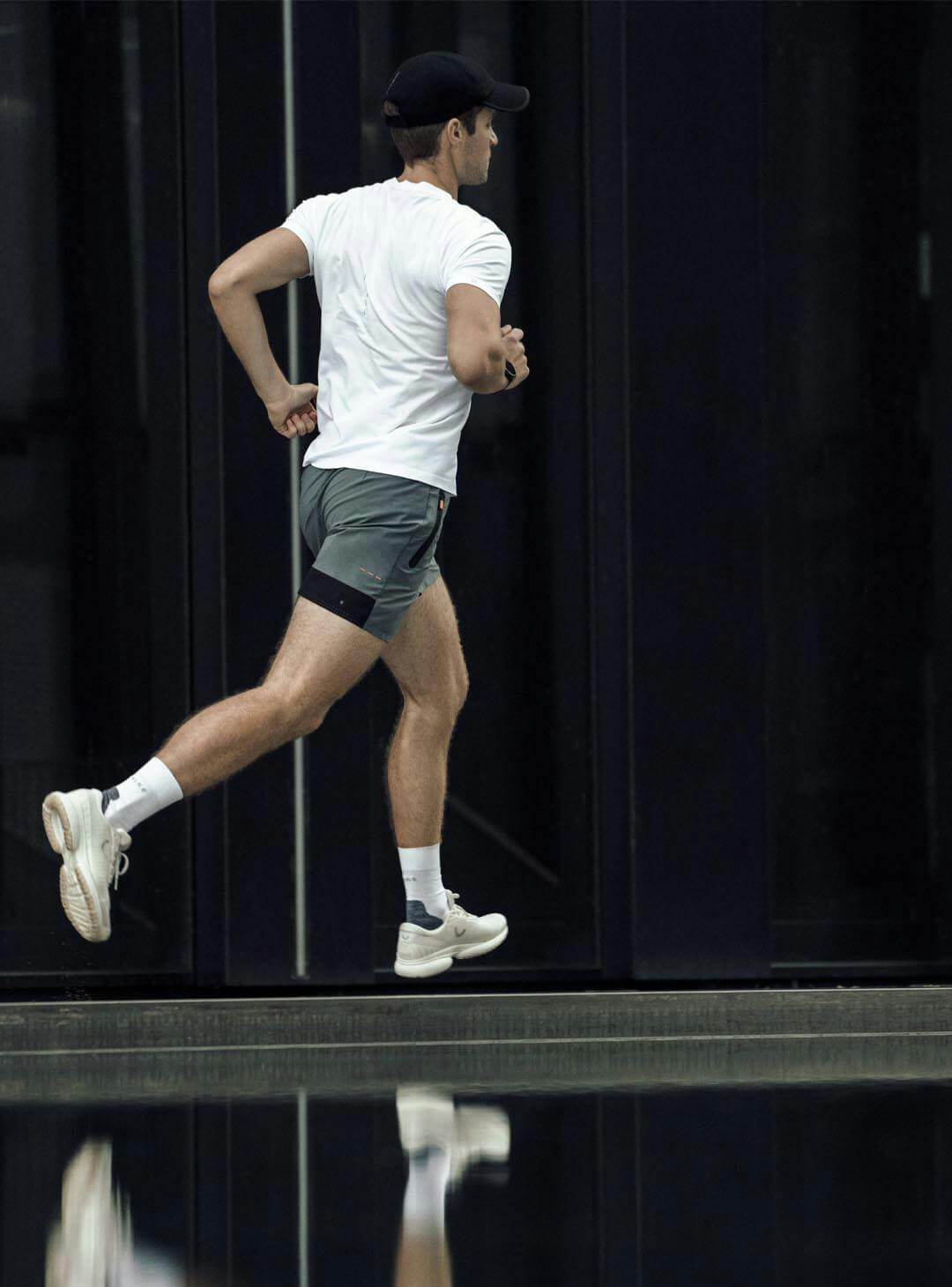
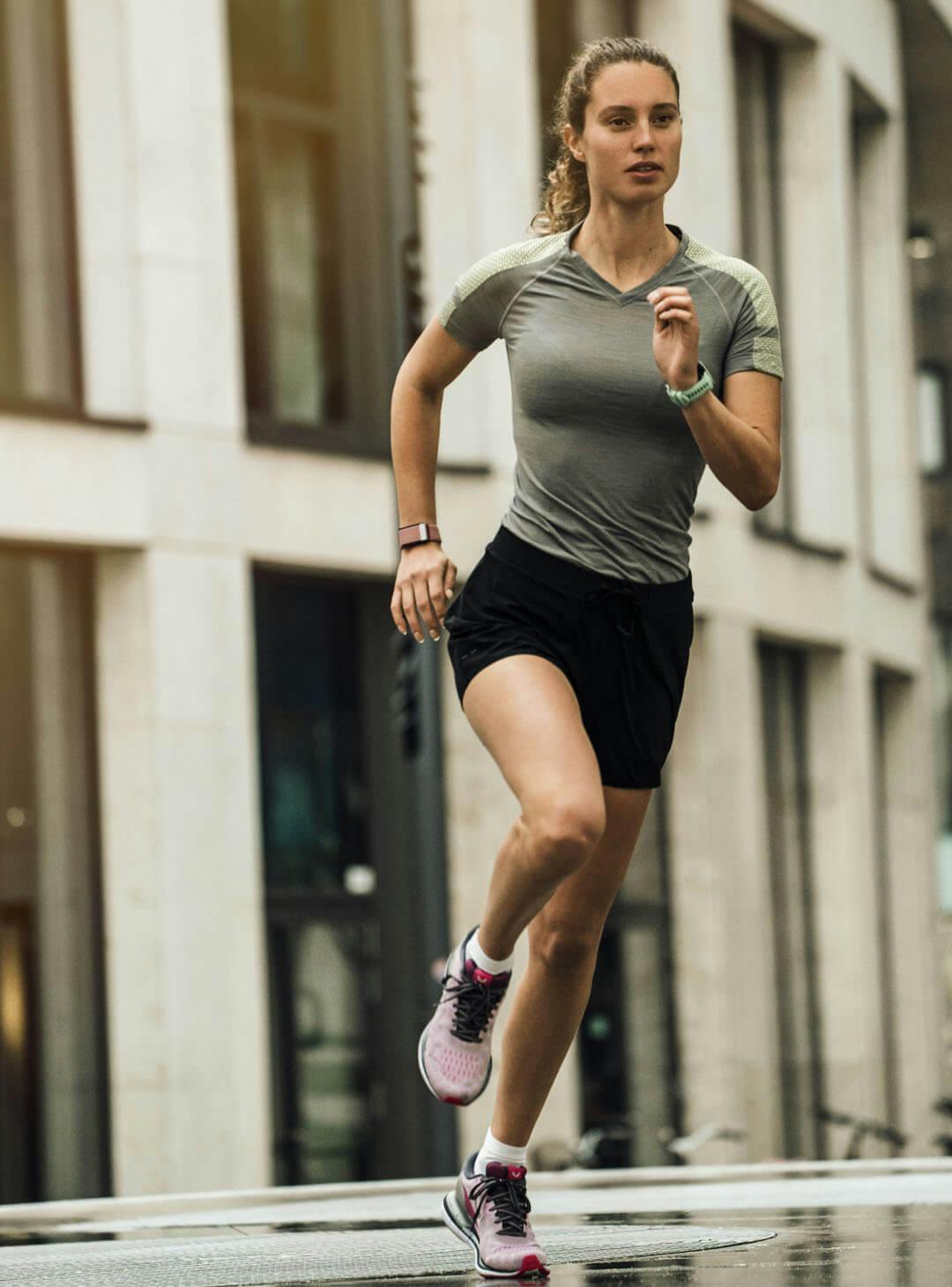
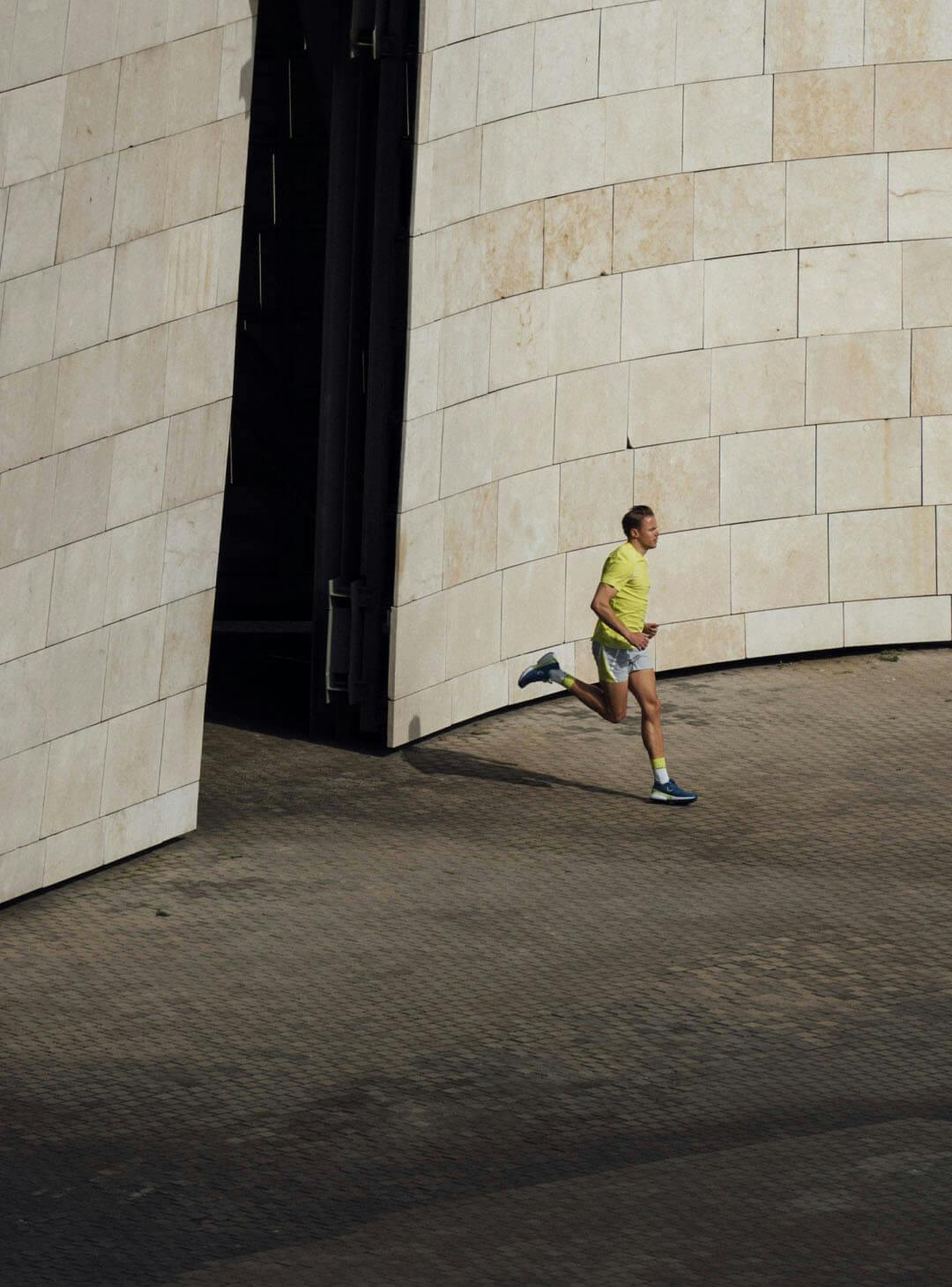
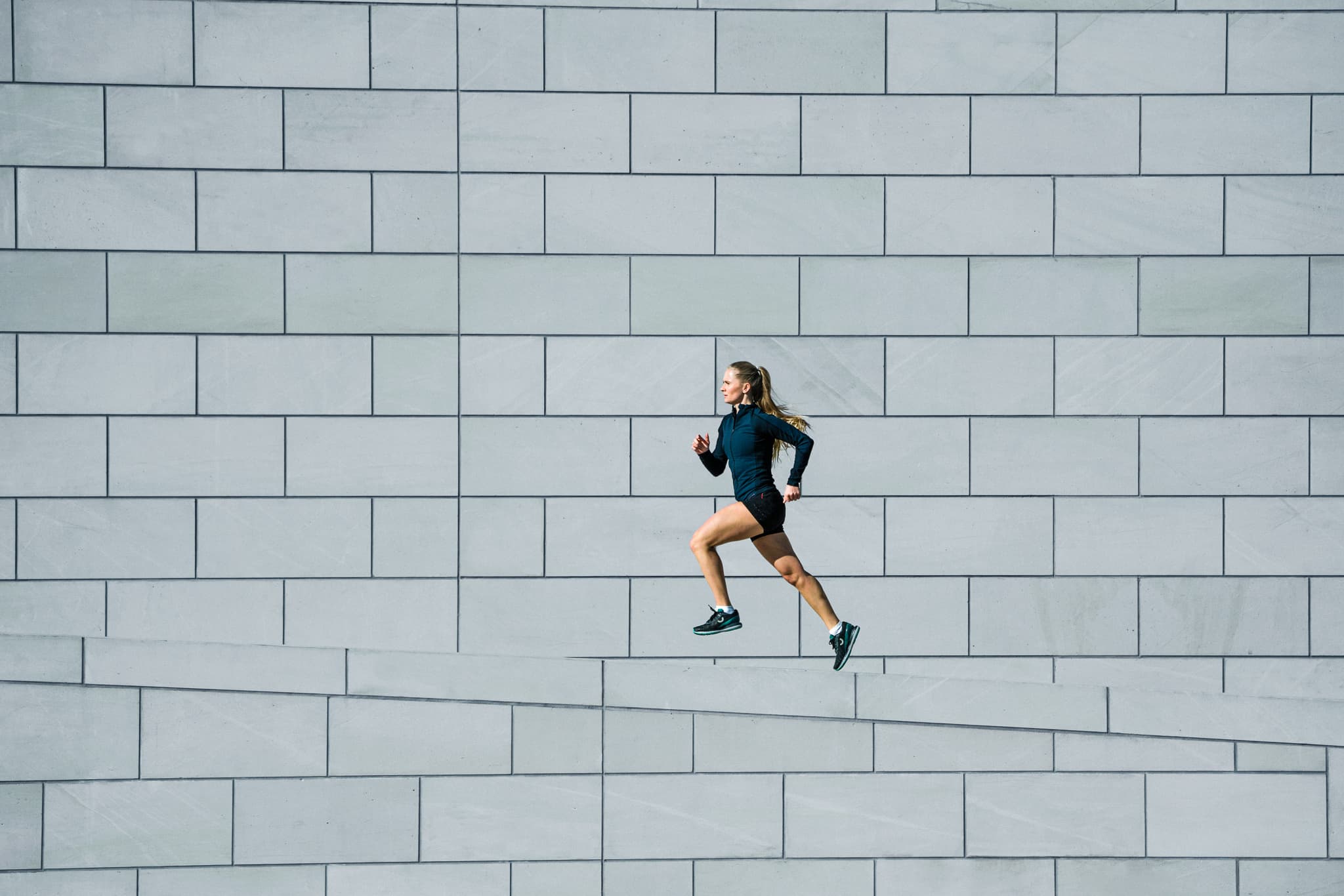
NEVER RUN OUT OF
NEWS
Discover all True Motion stories – and be the first to hear about new products, promotions and events. Simply, center your run!
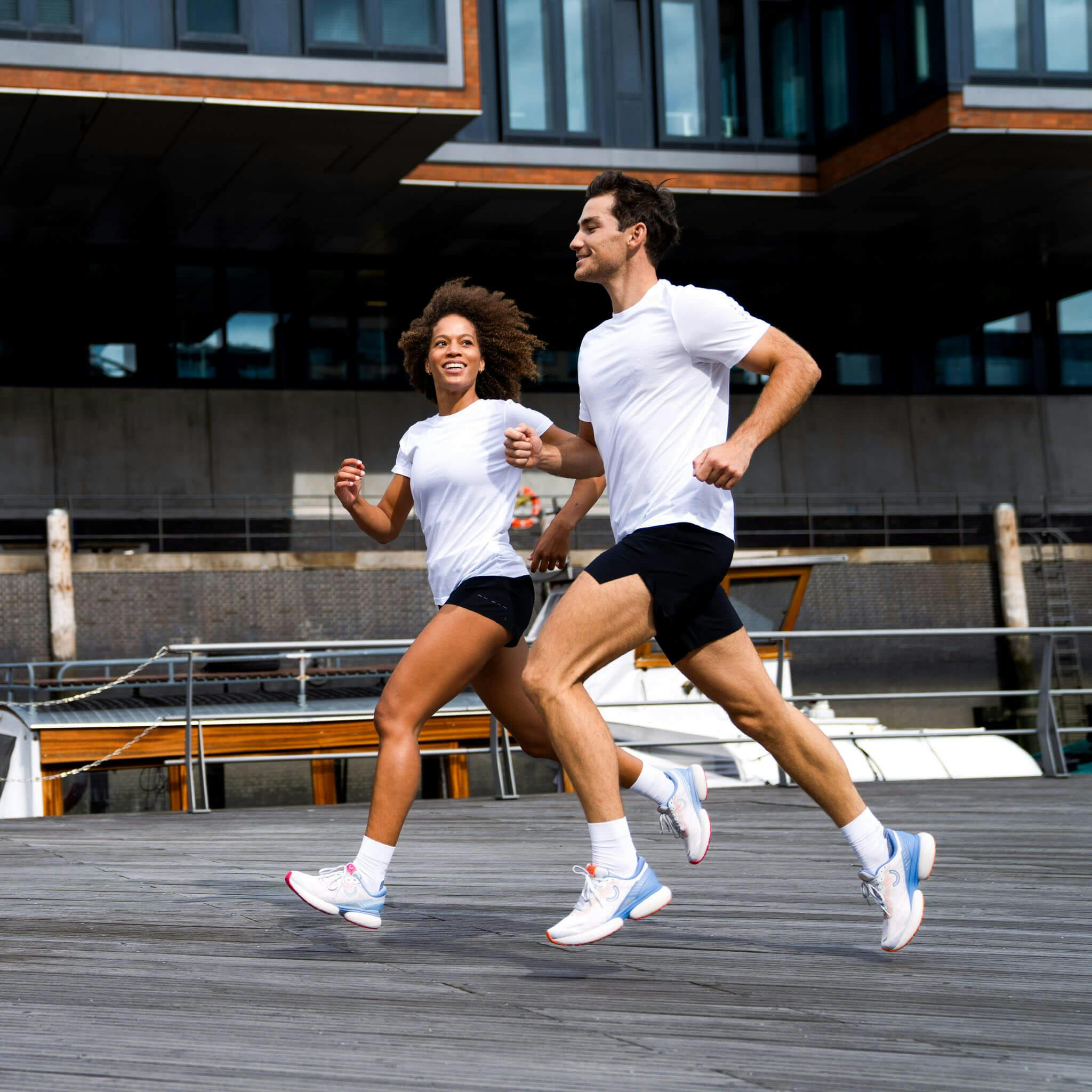
NEVER RUN OUT OF
NEWS
Discover all True Motion stories – and be the first to hear about new products, promotions and events. Simply, center your run!
RECOMMENDED BY








RECOMMENDED BY








NEVER RUN OUT OF NEWS
Discover all True Motion stories – and be the first to hear about new products, promotions and events. Simply, center your run!
SERVICE
ABOUT US
© 2023 True Motion Running GmbH

